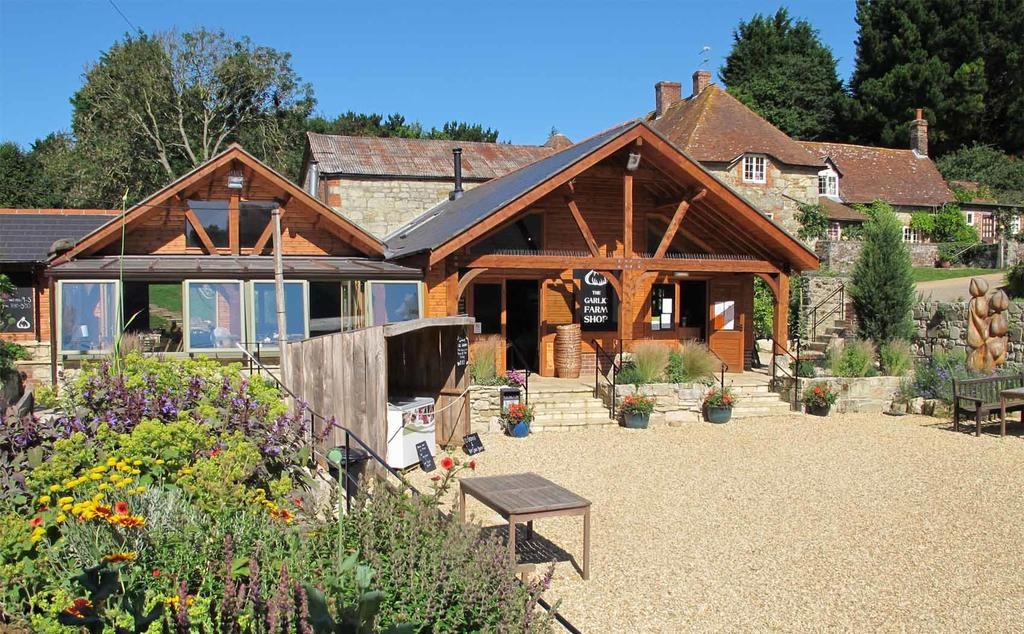Table Of Contents
Garlic is one of those foods that is used as an ingredient in dishes across the globe and in dozens of different cuisines. Many use garlic for high blood pressure. Learning how to grow it is a great thing to do, as fresh garlic will enhance any dish and is a real treat. Here is how to do just this.
ALSO: What is an air compressors duty cycle

Plant Your Garlic In The Fall
Fall to spring will be the best time of the year to grow garlic. Like tulips, garlic cloves planted in fall will develop their roots quickly which means that they are established when the cold causes them to go dormant. When the soil starts to warm up on the spring, they will start to grow again and you can harvest them in the heart of summer.
You can also plant cloves in early spring, but the harvest from these plants will be half that of the cloves planted in the fall. They will also mature later. A good way to remember to plant your garlic is to think about how growing garlic repels vampires. When Halloween comes around, you need to start planting.
Plant Different Garlic Variations
One of the fun things about growing garlic is being able to try new variations. You should look at planting a variation that is new to you each year. This does not mean that you should not grow the garlic variety that you like the most. The main thing is to have some diversity in your crop because one variation could have trouble one year and the other variations can pick up the slack.
In the US, there are university-based field trials that have provided a list of garlic varieties you should try. Music and Bogatyr produced the largest and best-looking bulbs in the Kentucky field trial while Polish Softneck was the leader in the softneck variation. Polish Softneck and Music have also done well in trials from Michigan alongside German White which has a spicier taste when compared to Music. In the 2013 Rhode Island trial, a different list was created. Chesnock Red was considered the best hardneck while Oregon Blue was the top of the softneck varieties.
While it can be good to have a list of garlic varieties, bigger is not always better when you are growing garlic. Small and medium-sized bulbs will often store better than the larger bulbs which means that you should add some petite variations to your crop. Blossom is a softneck which is fairly small, but they will mature early and can be stored for 10 months. These are characteristics that keep them on the planting list for many people.
Plant Big Single Cloves
Large cloves will give growing seedlings enough food. This is why you should always choose the bigger outer cloves when you want to plant, but there is a slight catch. The large cloves are often close to dividing into two. When they are planted, you will have twin plants which grow close together and they will have lopsided bulbs. You need to be picky when it comes to the bulbs that you plant and you need to avoid doubles and small cloves.
Mulch In The Winter
Garlic does not hold up well against weeds and there are many studies that show mulching garlic in the winter will create a better harvest. A good winter mulch will keep the nutrients in the soil and protect your plants from strong winds. There are a lot of different winter mulches that you can use, but you should consider coarsely chopped leaves and grass clippings. The grass clippings will hold the leaves in place and create a cushion for snow and ice.
Prepare For Disease And Pests
There are a lot of gardeners who never have a problem with pests attacking their garlic. However, there are 2 serious issues that could affect your crop. The first is onion white rot which is a soil-borne disease that is very persistent. The second is onion root fly larvae which can seem to appear from nowhere.
To rehabilitate soil that carries white rot fungi, you can use solarisation. This fungus will cause onions and garlic to turn yellow and rot until it is a mushy mess. In order to solarise the soil, you will need to mix some organic material like grass clippings into the soil. You should then dampen the soil well and cover with a clear plastic. Leave the pot and soil covered for the warmest part of summer.
The plastic will increase the temperature of the soil which causes the fungus to die. Of course, you should expect some fungus to survive when the soil temperature becomes normal, but you can then use the bait and switch method. This method involves using garlic powder to make the fungus think a garlic plant has arrived. When it turns out to be untrue, the fungus will die.
TOPIC: Growing Garlic at Home
